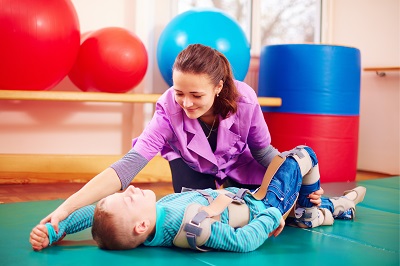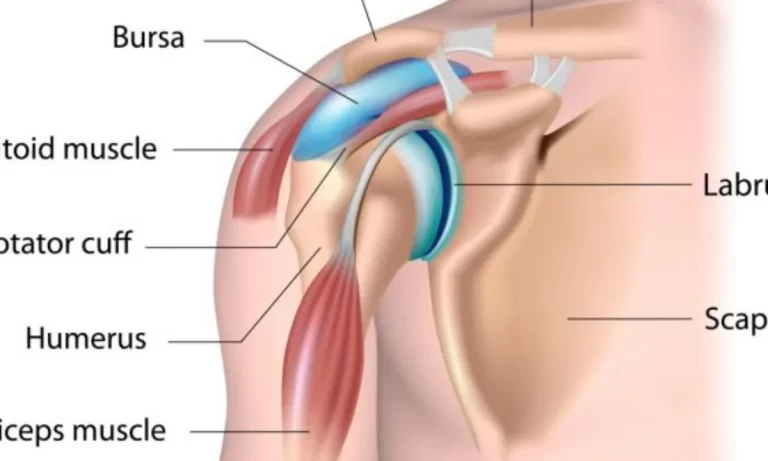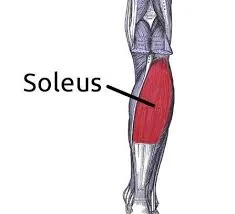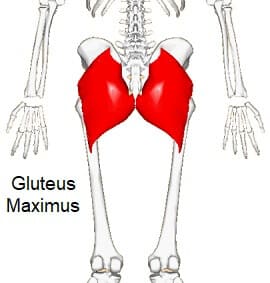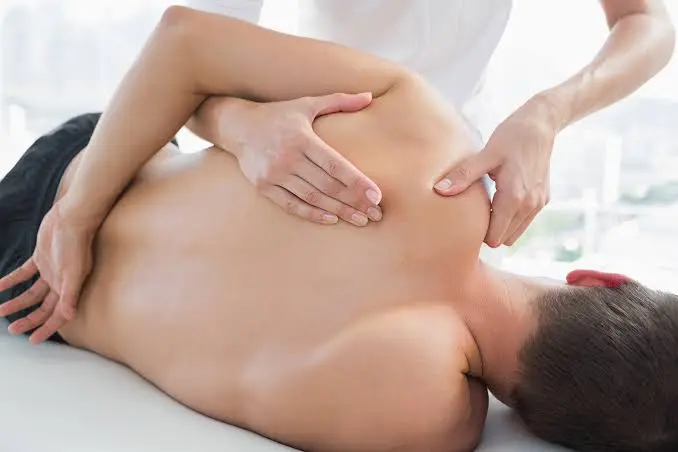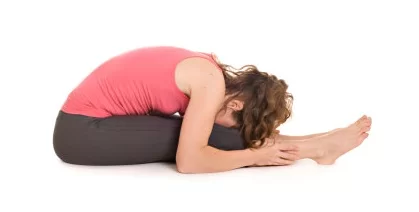Athetoid Cerebral Palsy And Physiotherapy treatment:
Table of Contents
What is an Athetoid cerebral palsy?
Athetoid cerebral palsy, or dyskinetic cerebral palsy, is a type of cerebral palsy associated with injury, like other forms of Cerebral Palsy, to the basal ganglia in the form of lesions that happens during brain development due to bilirubin encephalitic pathology and hypoxic-ischemic head injury.
Unlike other types of cerebral palsies, Athetoid CP is characterized by both hypertonia(increase in muscle tone) and hypotonia ( decrease in muscle tone), due to the affected child’s inability to control muscle tone. Clinical diagnosis of ADCP commonly occurs within 18 months of birth and is mostly based upon motor function and neuro-imaging techniques. While there are no particular cures for ADCP, some medication therapies, as well as speech, occupational therapy, and physical therapy, have shown significance for treating the symptoms.
Classification of cerebral palsy is usually based on severity, topographic distribution, or motor functioning. Severity is typically assessed via the Gross Motor Function Classification System or the International Classification of Functioning, Disability, and Health. Classification based on motor and sensory characteristics classifies CP as occurring from damage to either the corticospinal pathway or extrapyramidal regions.
Athetoid dyskinetic cerebral palsy is a non-spastic, extrapyramidal tract form of cerebral palsy (spastic cerebral palsy, in contrast, results from damage to the brain’s cortical spinal pathways).
Causes of Athetoid cerebral palsy:
Cerebral palsy is said to be caused by a brain injury or cerebral problem. In athetoid CP, the injury or indentation is in an area of the brain called the basal ganglion. The basal ganglion is accountable for getting signals about motion from the cerebrum to the muscle spindle.
A child might be born with CP or develop it later. The brain injury or problem doesn’t get worse, but someone with CP may have different needs over time.
Athetoid Cerebral palsy can be caused by:
- Toxic infections or other medical conditions during a mother’s pregnancy
- An episode of a stroke while the fetus is in the womb or after birth
- Genetic disorders
- Any complication during birth
- Undiagnosed or Untreated jaundice (yellowing of skin or whites of the eyes)
- Being shaken as a baby (shaken baby syndrome)
- Traumatic brain injury in early neonate age
- Premature babies (babies born before the completion of the third trimester) are at higher risk for CP than babies born at full term. Low-birth weight babies (even if carried to term) and multiple births, such as twins and triplets.
Signs and symptoms of Athetoid cerebral palsy:
Children with athetoid cerebral palsy have trouble making their muscles do movements they want them to. When they try to move muscles in a certain way, other involuntary movements happen, such as:
Dystonia: twisting and repeating movements which painful
Athetosis: slow, writhing movements
Chorea: irregular, abrupt motions
Kids with athetoid CP can have vision, hearing, speech, eating, behaviour, and learning problems. Some kids have seizures.
How is Athetoid CP diagnosed?
Most children with athetoid cerebral palsy are diagnosed in the first 2 years of life. Health caretakers look for signs of CP if a baby is born early or has another health problem that’s associated with CP.
No single test can diagnose dyskinetic CP. So health care professionals look at many things, including a child’s:
- development
- growth
- reflexes
- movement
- muscle tone
Investigations include:-
Brain MRI, CT scan, or Ultrasound
Blood and urine tests to check for other medical complications, including genetic conditions
Electroencephalography (EEG) to look at electrical activity in the brain and diagnose the injured structure
Electromyography (EMG) to check for muscle activity and weakness
Evaluation of how a child walks and moves
Speech, hearing, and vision testing
How is Athetoid CP treated?
There is no particular cure for cerebral palsy. But some resources and therapies can help kids grow and develop to their greatest potential. The treatment plan may include:
Physiotherapy, Occupational therapy, and speech therapy
Leg braces, a walker, and/or a wheelchair
Medicine for muscle pain, stiffness, or irregular movements
Special nutrition to help the child grow
Surgery to improve movement in the legs, ankles, feet, hips, wrists, and arm
Medications:
Most of the medications given to athetoid cerebral palsy patients are used to treat secondary conditions that are a consequence of developmental brain damage. For example, anticonvulsants are prescribed to reduce seizures and over-the-counter acid reflux medications, such as Zantac, are prescribed for children with weak mastication muscles and gastroesophageal muscles.
Ritalin and other medications such as diazepam and nicotinamide treat attention deficit hyperactivity disorder (ADHD), which is observed in up to 20 percent of children with CP. Medications to control drooling and incontinence are also useful for patients with athetoid cerebral palsy.
Physiotherapy treatment:
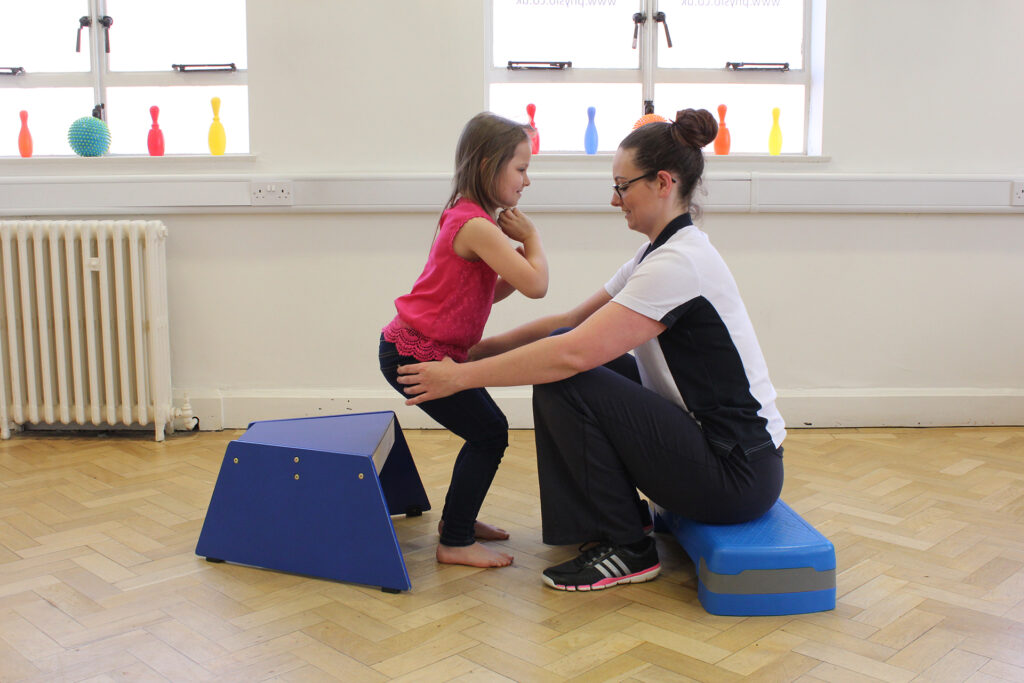
Physical therapy treatment typically includes a series of strength training exercises, resistance bands, and machines to help improve decreased muscle tone. Physical therapists work with children also adults with CP to overcome any sensory challenges, such as touch and depth perception, that make movement more difficult.
Therapy for this type of CP is typically based on improving overall mobility. This includes exercising the face and tongue muscles, as grimacing and drooling are common in children with this type of CP.
Athetoid CP can also cause difficulties holding a posture or keeping the body in a steady, correct, and upright position. Physical therapists will use various exercises to increase the strength in these muscles and prevent any further complications.
Constraint-Induced Movement Therapy (CIMT):
This is used predominantly in the individual with Athetoid Cerebral Palsy to improvise the usage of the affected upper extremity. The stronger or non-affected upper limb is immobilized for a long duration in order to Focus the Use of the affected upper extremity over time.
The use of a cast and braces with CIMT showed positive results in the amount and quality of functional usage of the hand in the impaired extremity and new emerging behaviour as compared to the no-treating group.
Use of a sling during CIMT usually had positive effects on functional hand use on the impaired upper limb, time to complete tasks, and speed and dexterity, but no effects on sensibility, hand grip force, or spasticity.
Therapeutic Interventions:
Passive Stretching
It is a manual application of stretch for spastic muscles to relieve soft muscle tightness. Manual stretching can increase range of motion, nullify spasticity, and improve walking efficiency in patients with spasticity. Stretch is usually applied in numerous ways during neurological rehabilitation to get different effects.
The types of stretching used include
- Fast
2. Maintained
3. Prolonged
The fast stretch produces a relatively short-lived contraction of the agonist’s muscle and short-lived inhibition of the antagonist muscle which facilitates a muscle contraction. It achieves its effect via stimulation of the muscle spindle primary endings which results in reflex facilitation of the muscle via the monosynaptic reflex arc.
The presence of increased tone can ultimately lead to joint contracture and changes in muscle length.
Muscle Immobilized Shortened Position = Loss of Sarcomeres and Increased Stiffness related to increase in connective tissue
Muscle Immobilized Lengthened Position = Increase Sarcomeres
Passive stretching may be achieved through several methods which include;
Prolonged manual stretch may be applied by the therapist, using the effect of body weight and gravity or mechanically, splints. Stretch should be given sufficient force to overcome hypertonicity and passively increase the length of the muscle. Unlikely to provide efficient stretch to bring change in a joint that already has contracture.
Weight-bearing:
Weight-bearing has been considered to reduce contracture in the lower extremity use of Tilt-tables and standing supporting frames through a prolonged stretch. Angles are key to ensuring the knees remain extended during the prolonged stretch as the force exerted on the knee can be quite high.
Splinting:
Splints and casts are devices that are applied externally splints and casts are external devices manufactured to distribute or minimize forces from the body in a controlled manner to perform one or both basic functions of control of body movement and alteration or prevention in the length and shape of soft tissue. Splinting can be used to produce low-force, long-duration stretching although there is a dearth of evidence to support this.
A huge range of splints is being used to reduce swelling, resting position, spasticity, and active and passive Range Of Motion. A systematic review of the literature suggested that Lower Limb Serial Casting significantly improved ankle dorsiflexion passive range of motion moreover reduced hypertonicity and improved gait in patients with athetoid Cerebral Palsy.
Serial Casting:
Serial casting is an old and common technique to use and has been proven most effective in managing spasticity and related contracture. Serial casting is an abravately specialized technique to induce an increased range of joint motion. The treatment protocol involves one or more joints that are tight, which are immobilized with a semi-rigid, well-padded plastic or fibrous cast. Serial casting includes repeated applications of casts for a particular time duration, most commonly every one to two weeks as a range of motion is restored.
Occupational Therapy:
Occupational therapy is mostly used to increase a kid’s ability to play and learn independently. An occupational therapist will help to make everyday tasks easy, such as grasping things, writing, or using assistive mobility devices, easier on a child with an athetoid type of CP.
Specific exercises given in occupational therapy for athetoid CP include strengthening with weights and resistive equipment, as well as providing functional and playful activities to keep children interested and attentive. Occupational therapy will allow children to build relationships and give response to the demands of daily life with increased mobility and gained confidence.
Surgical repair:-
Surgery for patients having cerebral palsy is used to correct and prevent issues with the joints, muscles, and tendons by correctly aligning parts of the body to better healthy growth. Although it is not common in athetoid CP, surgery can be used to correct joint deformities and dislocations due to high muscle tone.

